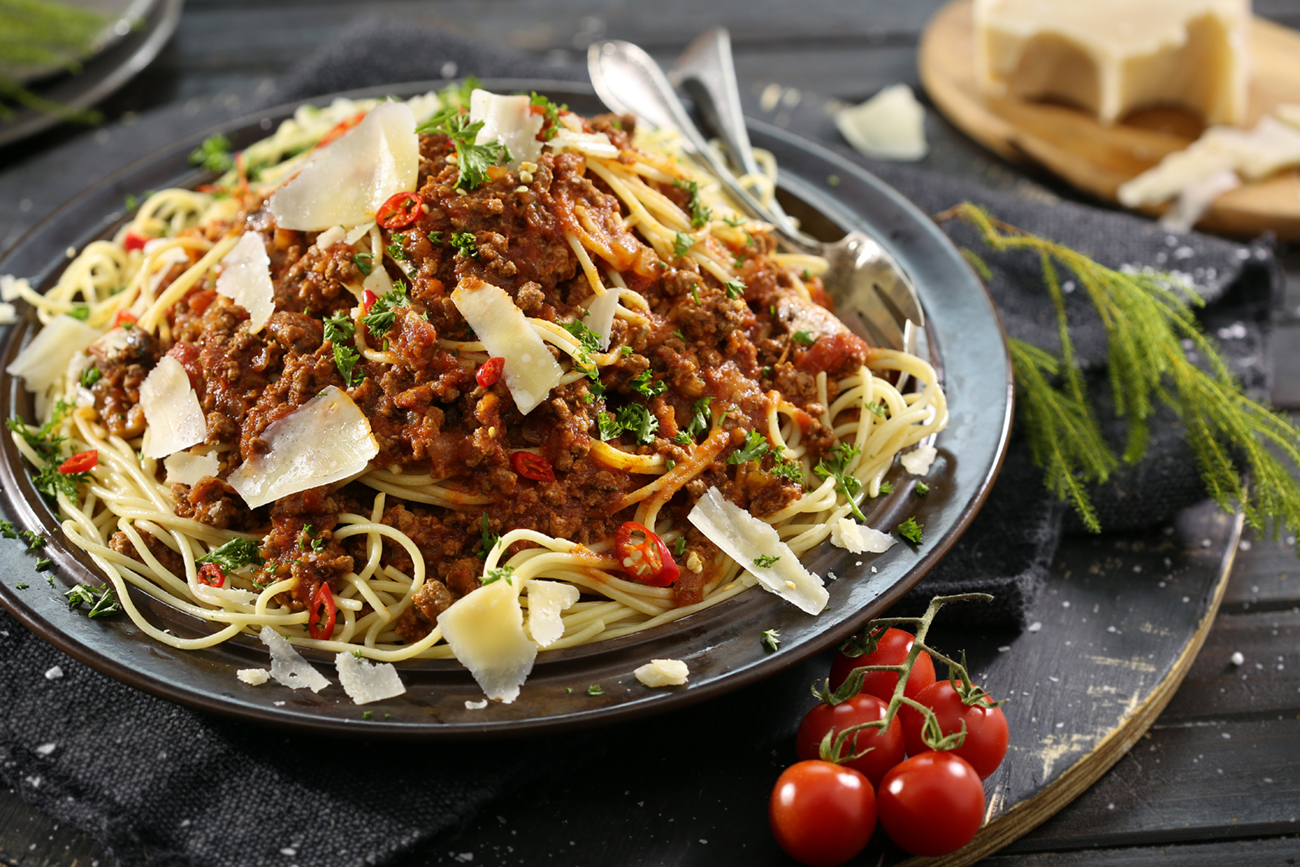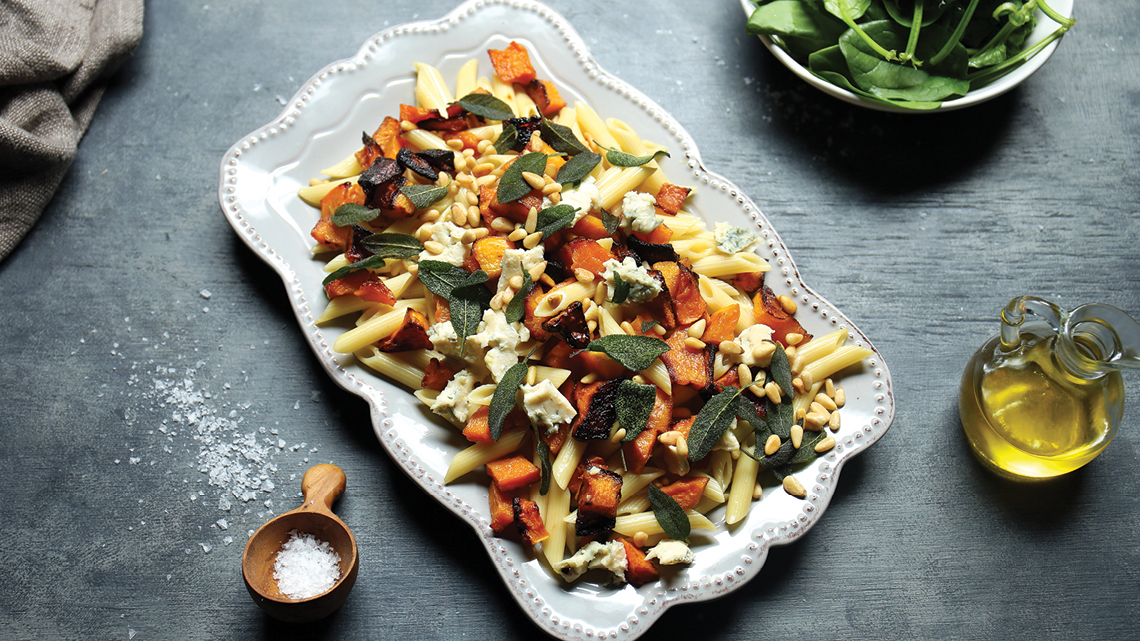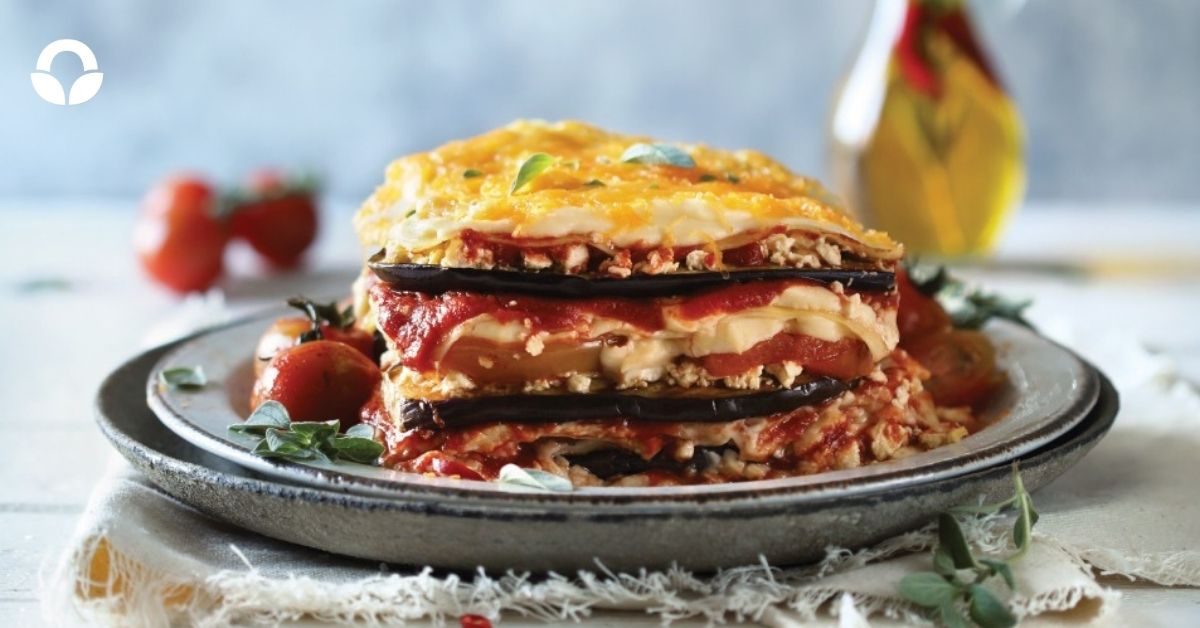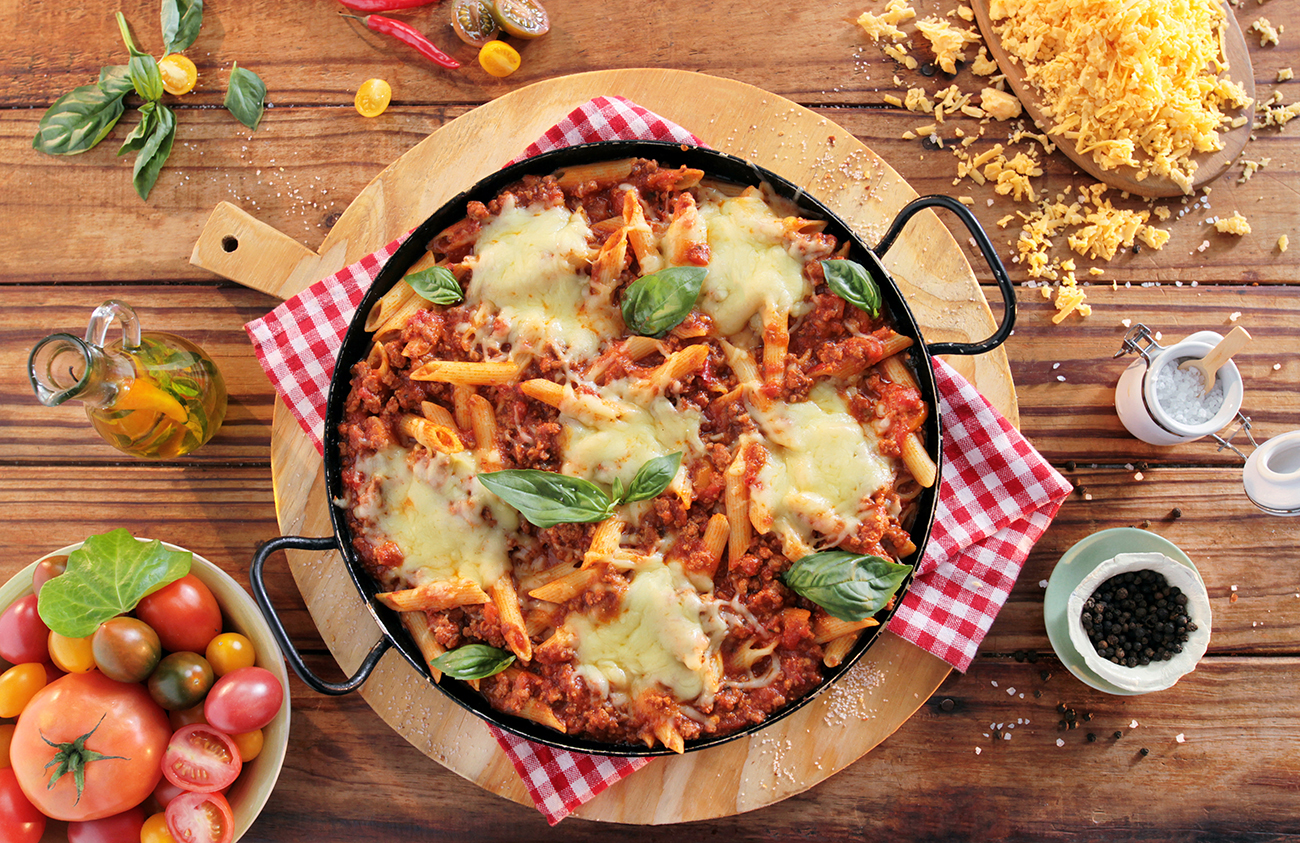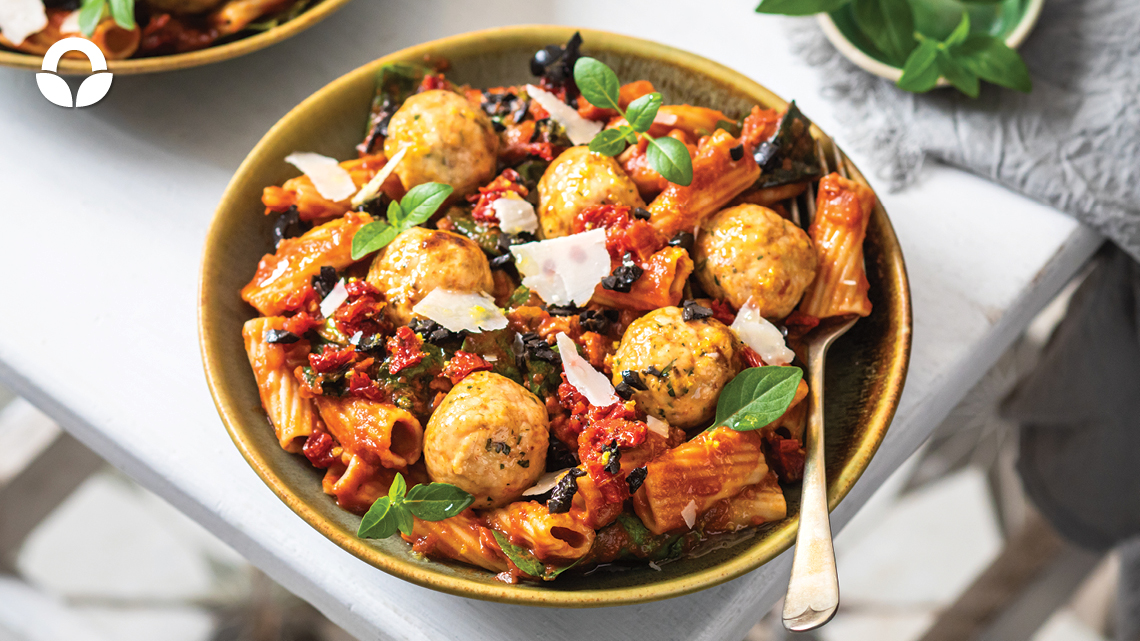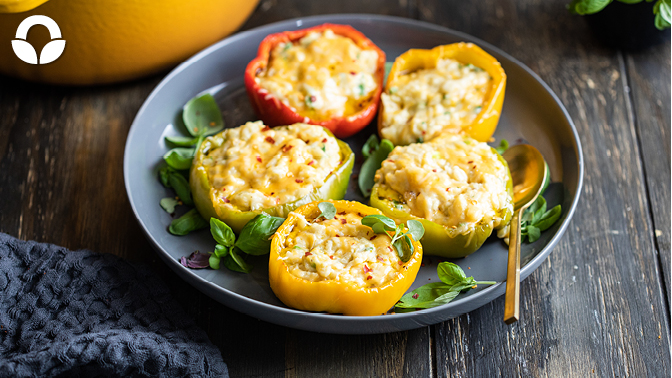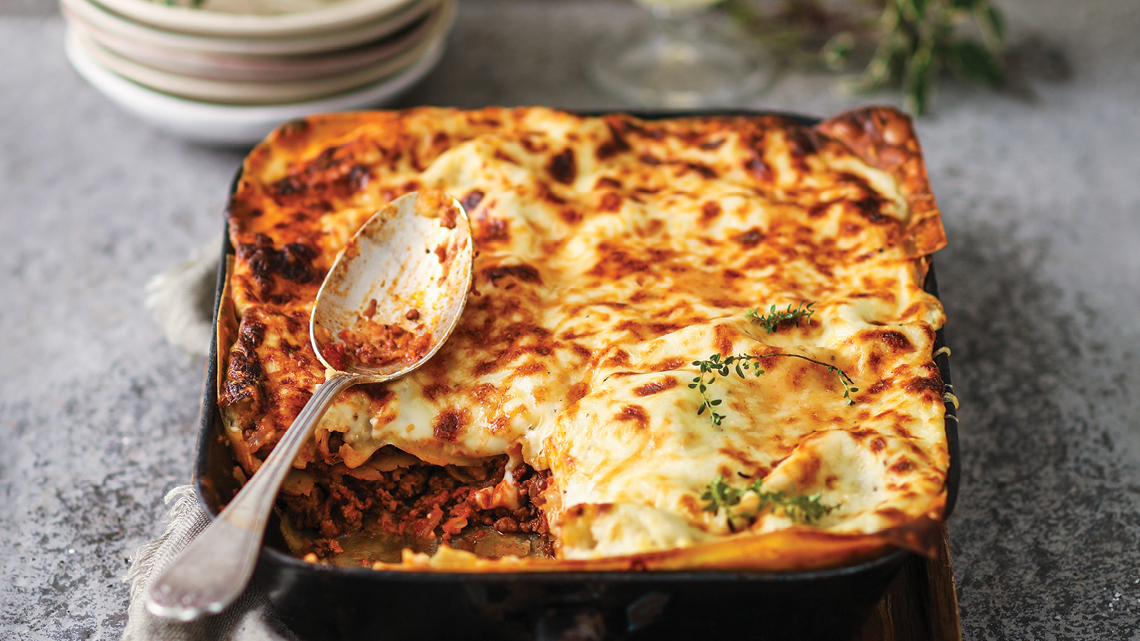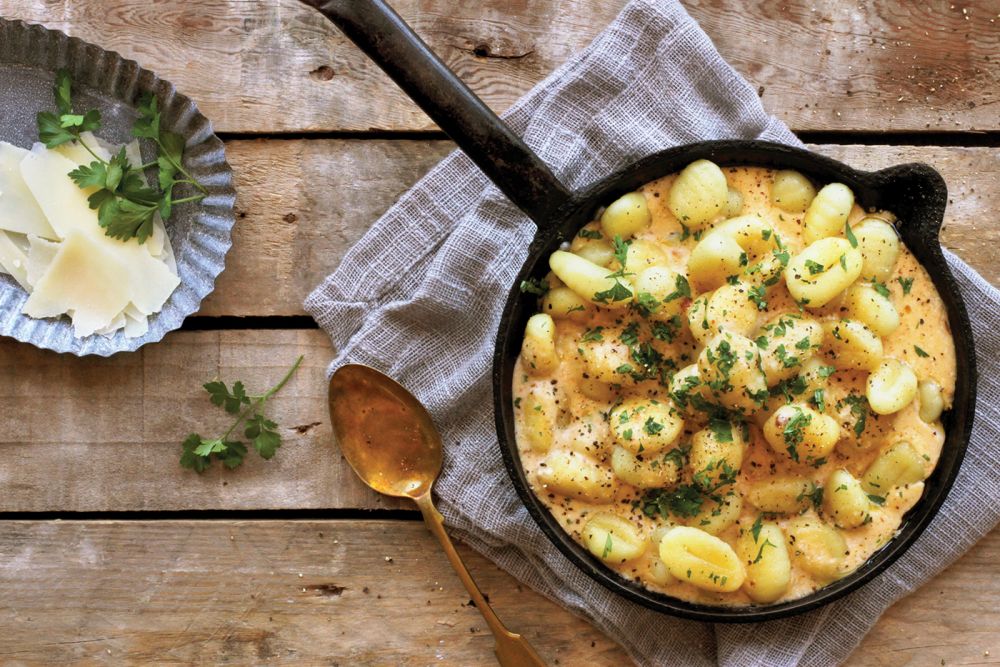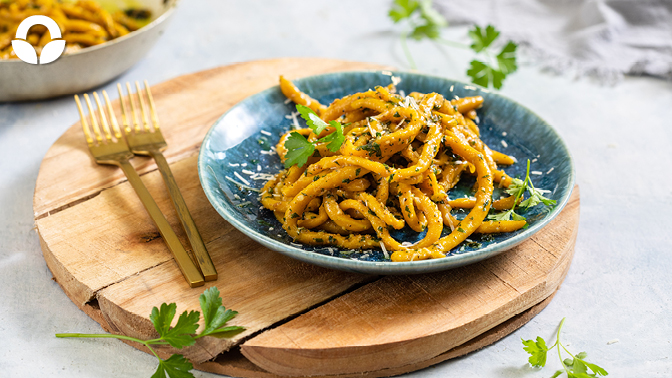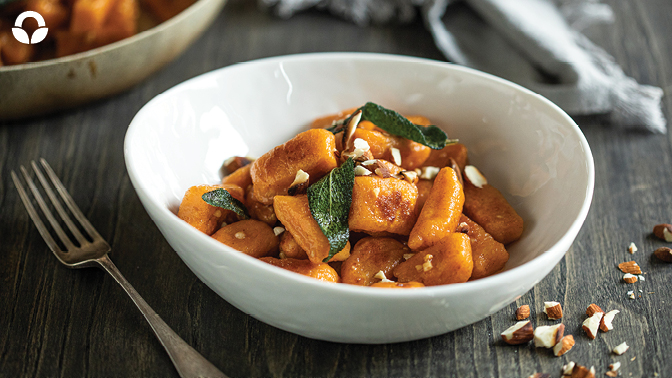Pasta is one of the simplest foods, made of water and flour but has become such a staple. The dough is kneaded and rolled into different shapes. It is then boiled or baked with other ingredients to make a delicious meal.
Pasta is either dried or fresh. In most stores these days, you get dried pasta. This is for convenience, and is commercially produced, whereas fresh pasta is made by hand or sometimes with machines, served fresh.
Traditionally, basic pasta dough has been made mostly of wheat flour or semolina, with durum wheat used predominantly in the South of Italy and soft wheat in the North of Italy. In different regions, you get other grains that are made into pastas, like buckwheat, barley, rice, rye, chickpea flours, lentils or many other variations to suit different lifestyles.
Do you know the types of Pasta?
Common forms of pasta include long and short shapes, tubes, flat shapes or sheets, miniature shapes for soup, those meant to be filled or stuffed, and specialty or decorative shapes. With over 50 types of pasta, we will just chat about the types we have in our stores.
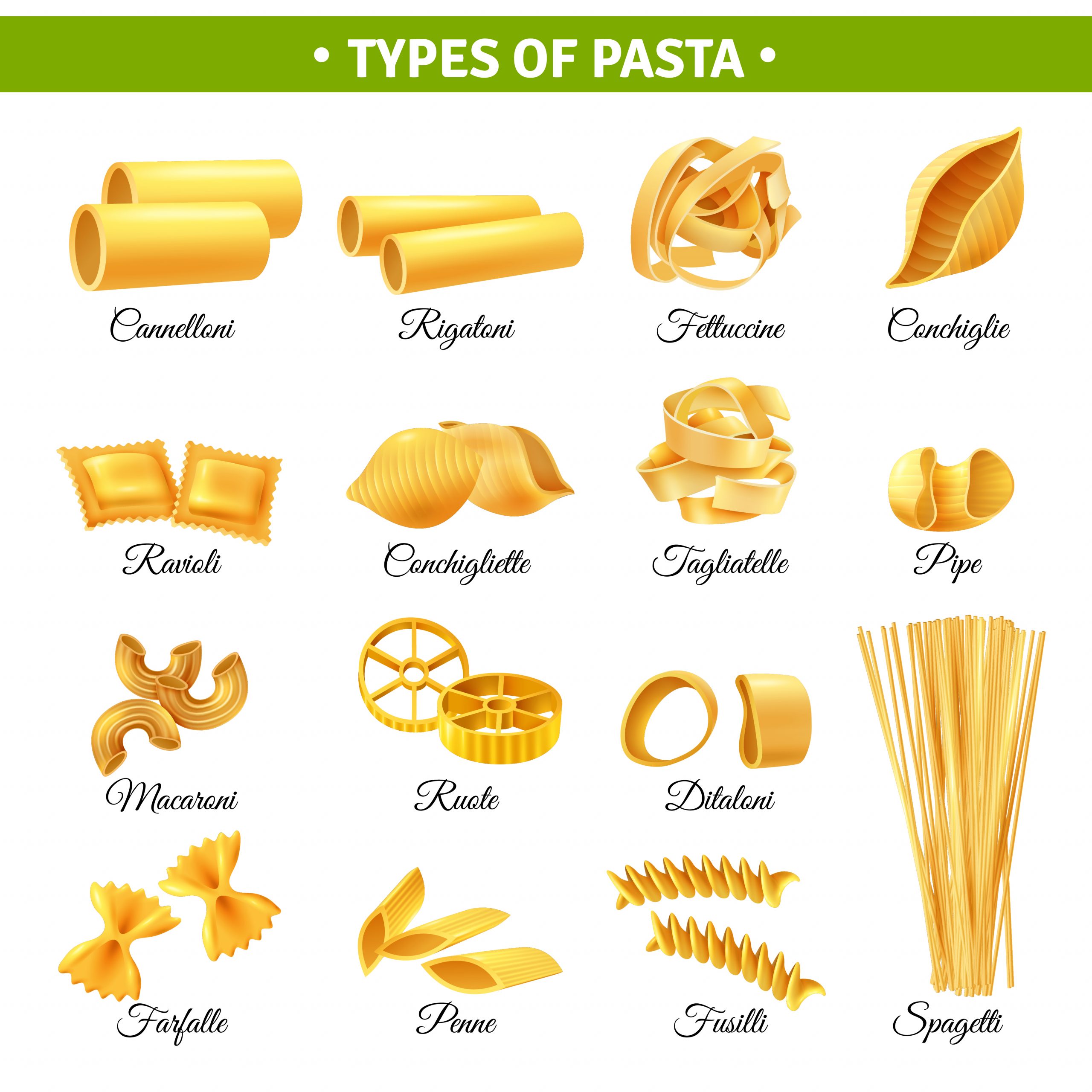
- Spaghetti (rounder, thin pasta)
- Linguine (slightly wider and thinner than spaghetti)
- Tagliatelle (flat long pasta, slightly narrower than fettucine)
- Fettucine (flat long pasta, slightly wider than tagliatelle)
- Fusilli (corkscrew-shaped pasta, but it has a much tighter spiral)
- Macaroni (we all know macaroni, but for those who don’t – it’s straight, tube-like pasta.)
- Cavatappi (like macaroni, but the tubes are twisted like a corkscrew)
- Penne (hollow ridged pasta, in a “pen-like” shape.)
- Rigatoni (“Rigato” in Italian means “ridged” . Usually larger than penne, groves are straight)
- Tortiglioni (like rigatoni, but the grooves spiral around the pasta, instead of straight down.)
- Orzo (rice-shaped and size. In Italian, “Orzo” actually means Barley.
- Capellini (a.k.a Angel hair pasta, super fine/thin form of spaghetti)
- Farfalle (bowtie or butterfly-shaped pasta)
- Conchiglie / Shell Shape (a seashell shape.)
- Ravioli (a type of stuffed pasta, usually filled with meat or cheese. 2 pieces of pasta (usually square) that are sealed with a fork/ridged edges)
- Tortellini (a type of stuffed pasta, resembles navels. Usually filled with meat or cheese, but is more of a ring-shaped pasta)
- Tortelloni (like tortellini but filled with cheese or vegetables.)
- Lasagne (flat sheets of pasta)
- Gnocchi (small dumpling shape with some groves in, and are made with potato) Try this recipe.
- Cannelloni (is a large and hollow shell typically stuffed with meat or cheese.)
How to make pasta?
It’s as simple as egg and flour, or water and flour for a vegan-friendly option.
We recommend a pasta roller, however, you can roll out and cut the pasta by hand too.
- 200g white bread flour
- 5ml (1 tsp) salt
- 2 eggs, beaten
- 10ml (2 tsp) olive oil
- Mix flour and salt.
- Make a well in the flour mixture and add the egg and olive oil.
- Gently start to combine the dry and wet ingredients until you have a dough.
- Knead the dough for about 5 minutes until smooth and elastic.
- Form the dough into a disc, cover with cling film and allow to rest in the fridge for about 30 minutes before rolling.
- Use a pasta roller and roll pasta sheets to about 2mm thick.
- Cut the pasta into desired shapes (ie: tagliatelle, Fettucine, ravioli, etc.)
Now that you know a bit about pasta and the different pasta shapes.
It’s time to get cooking!
Try some of our favourite tried and tested pasta recipes!



